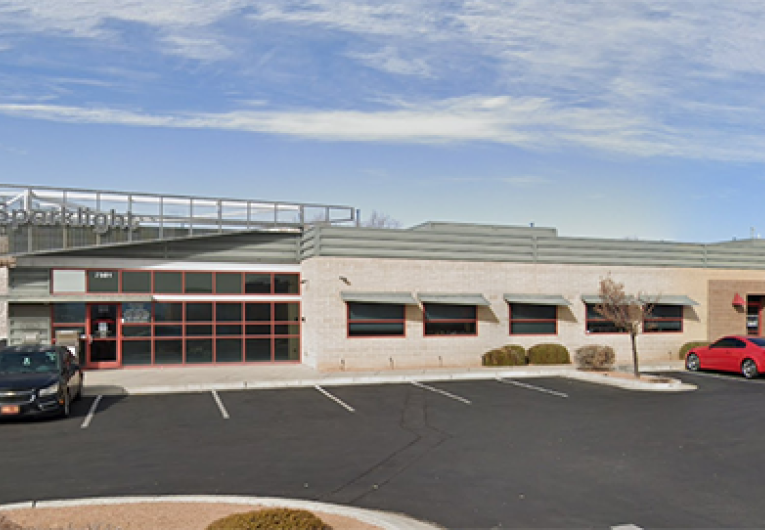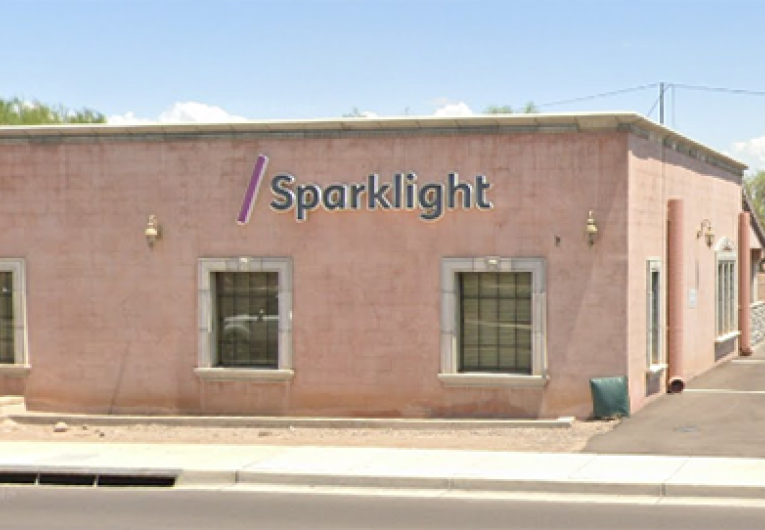
Single Mode vs. Multimode Fiber Optic Cable
Single Mode vs. Multimode Fiber Optic Cable
A fiber internet connection is a fast and reliable way to transmit data across a network. As computers and mobile devices become more integrated, it's important for businesses to make the right choice between a single mode and multimode fiber-optic network. Here, we define both terms and compare the key differences including single mode fiber distance and fiber bandwidth.
What is Single Mode Fiber?
A single mode fiber-optic cable is constructed to allow only one mode of light to travel through its diametral core. The core's small size reduces light reflections, increasing the distance that signals can travel and preserving signal quality. Businesses with large bandwidth needs or that communicate across long distances tend to favor a single mode fiber internet connection.
What Is Multimode Fiber?
A multimode fiber-optic cable is constructed to allow multiple modes of light to travel through its diametral core. The core's large size increases light reflections, allowing more data to travel across at the cost of reduced signal quality. Because signal quality drops as distance increases, multimode fiber is generally used for short-distance communications across local area networks (LANs).
What Are the Differences Between Single Mode and Multimode Fiber?
Single mode and multimode fiber systems differ in many ways. We will focus on two key characteristics: the distance light travels and bandwidth.
Single Mode Fiber Distance and Bandwidth
- Designed for long-distance communication, a single mode fiber cable allows light signals to travel more than 10 miles, a much longer distance than multimode.
- Single mode fiber also accommodates much higher bandwidths than multimode. Some studies report a difference of 100,000 GHz.
- With a ~9 micron diametral core, single mode cables must be kept extremely clean. Even tiny dust particles or debris can cause issues with signal transmission.
Multimode Fiber Distance and Bandwidth
- Designed for short-distance communication, a multimode fiber cable typically allows light signals to travel up to 1.2 miles.
- Multimode fiber accommodates roughly 1 GHz of bandwidth, which is much less than single mode, but sufficient for most audio, video and data transmissions.
- The ~50 to 62.5 micron diametral core reduces the risk of signal interference from dust or other particles compared to single mode.
How to Choose the Best Fiber Internet for Your Business
Your best choice depends on the needs of your business. If you operate a large enterprise with offices greater than five miles apart, single mode fiber may be more suitable. If you only have one office or have multiple locations within walking distance, multimode fiber is a solid choice. Whichever solution you choose, a fiber-optic network will help you send and receive data quickly and reliably.
Contact Cable ONE Today!
Cable ONE Business offers fiber internet connection with symmetrical speeds ranging from 10 Mbps to 10 Gbps, more than enough speed for organizations of all sizes. We provide free fiber price quotes and can help you find one of our variety of flexible, scalable plans and bundles that will be just right for you.
Click here to learn more about Cable ONE Business Internet Fiber Solutions.
The trends, insights, and solutions you need to grow your business.
By signing up, you’re subscribing to our monthly email newsletter, The
Wire. You may unsubscribe at any time.
Your information stays safe with us. Learn more about our privacy
policy.











![[#MSP_NAME#] Logo](/themes/sparklight_business/images/transition-logos/migration-banner-logo-[#MSP_CD#].png)
